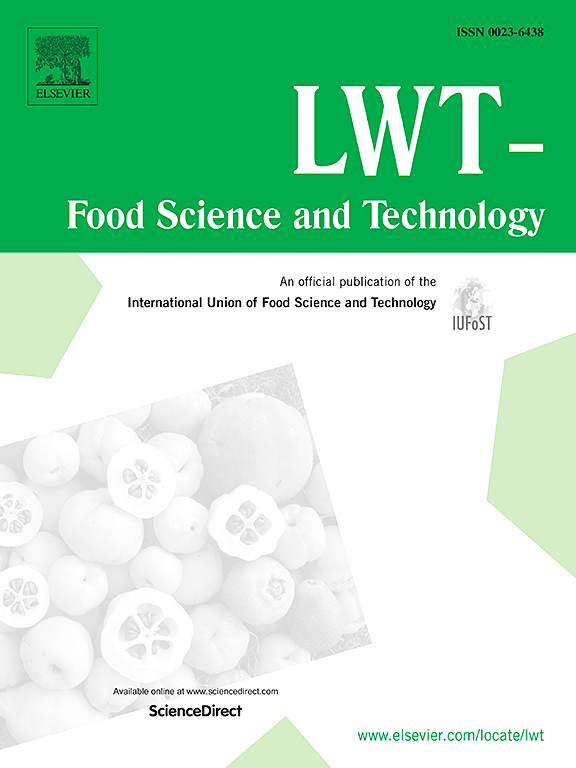Inline detection of citrus rind micro-wounds using contrast-enhanced X-ray imaging: A feasibility study
IF 6
1区 农林科学
Q1 FOOD SCIENCE & TECHNOLOGY
引用次数: 0
Abstract
Decay management is crucial in the citrus industry due to the rapid spread of infections through wounds. Despite the urgency, effective methodologies for screening citrus rind micro-wounds are lacking. This study presents a preliminary investigation into real-time detection of citrus rind micro-wounds using contrast-enhanced X-ray imaging. This method highlights and magnifies rind wounds in X-ray images. The process involves immersing fruit in a contrast solution, capturing three sequential X-ray images, and then washing off residual contrast. Satsuma mandarins were used, with potassium iodide (KI) as the contrast agent duo to its distinct contrast properties on rind wounds coupled with high safety levels. A Convolutional Neural Network-Long Short-Term Memory (CNN-LSTM) model with multi-head attention mechanisms was developed, achieving a detection accuracy of 97.19 %. Post-radiography assessments showed minimal effects on the fruit's external appearance and internal quality, though a slight weight loss was observed. These results demonstrate the proposed method's effectiveness in detecting citrus rind micro-wounds, offering a promising approach for enhancing decay management in the citrus industry.
求助全文
约1分钟内获得全文
求助全文
来源期刊

LWT - Food Science and Technology
工程技术-食品科技
CiteScore
11.80
自引率
6.70%
发文量
1724
审稿时长
65 days
期刊介绍:
LWT - Food Science and Technology is an international journal that publishes innovative papers in the fields of food chemistry, biochemistry, microbiology, technology and nutrition. The work described should be innovative either in the approach or in the methods used. The significance of the results either for the science community or for the food industry must also be specified. Contributions written in English are welcomed in the form of review articles, short reviews, research papers, and research notes. Papers featuring animal trials and cell cultures are outside the scope of the journal and will not be considered for publication.
 求助内容:
求助内容: 应助结果提醒方式:
应助结果提醒方式:


